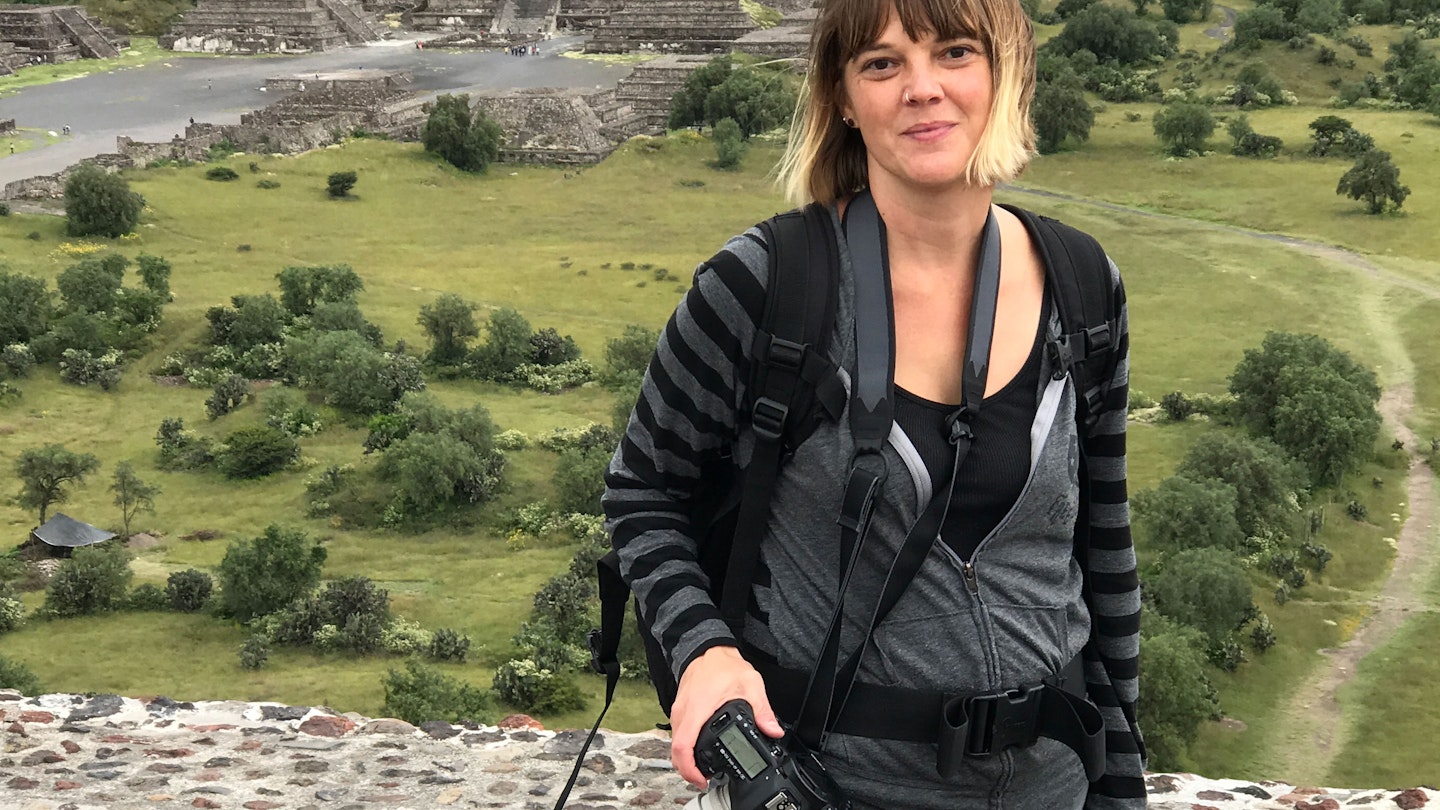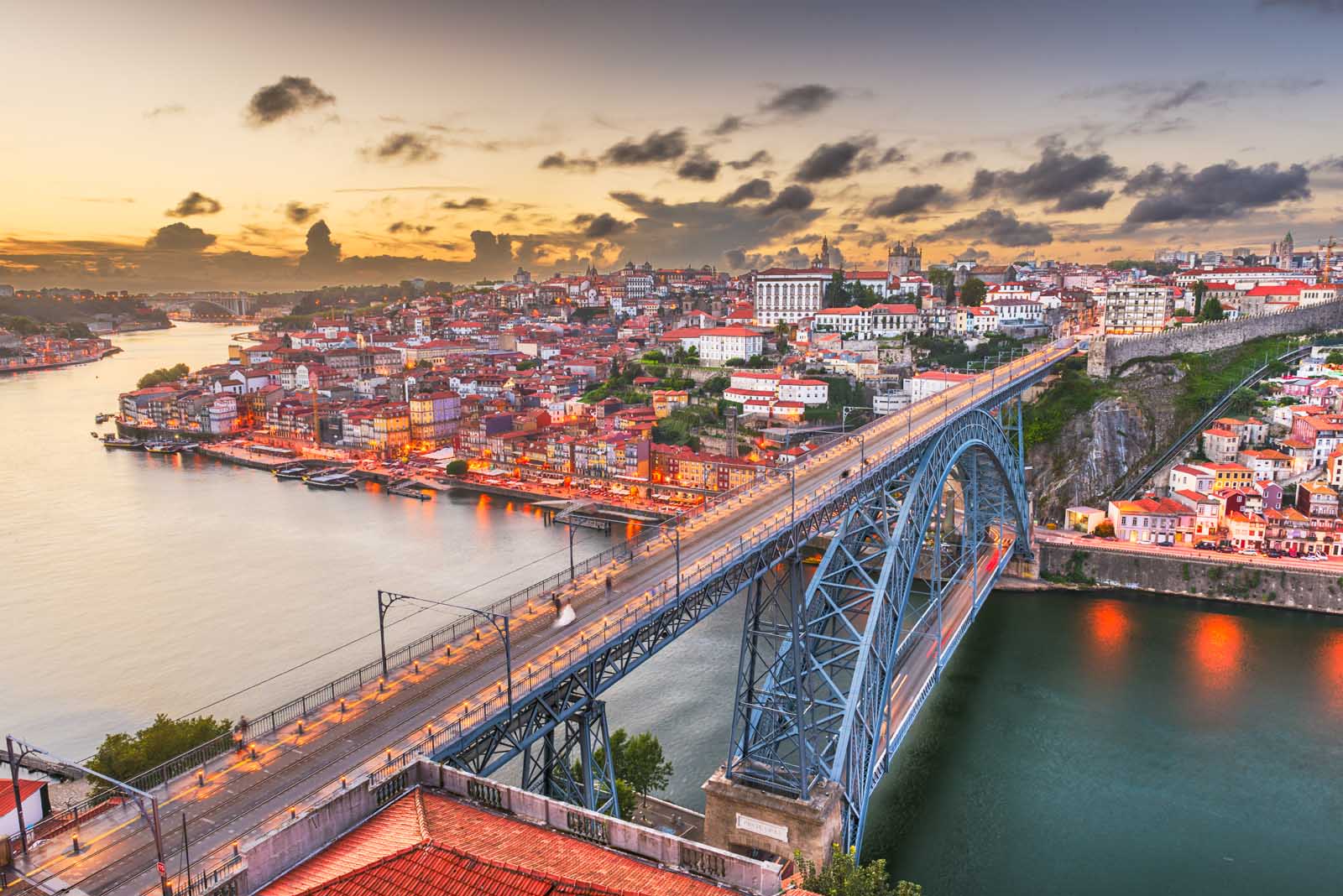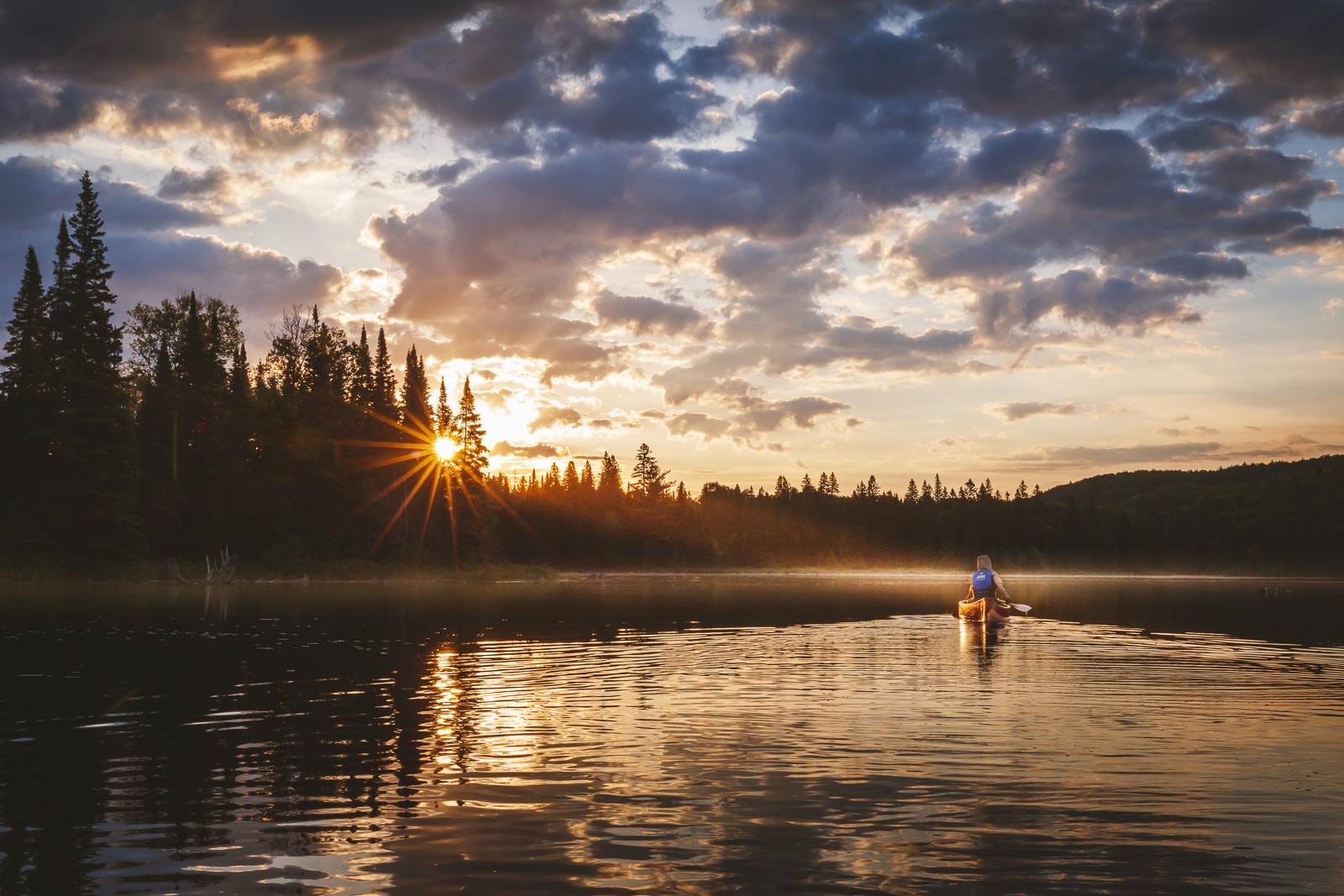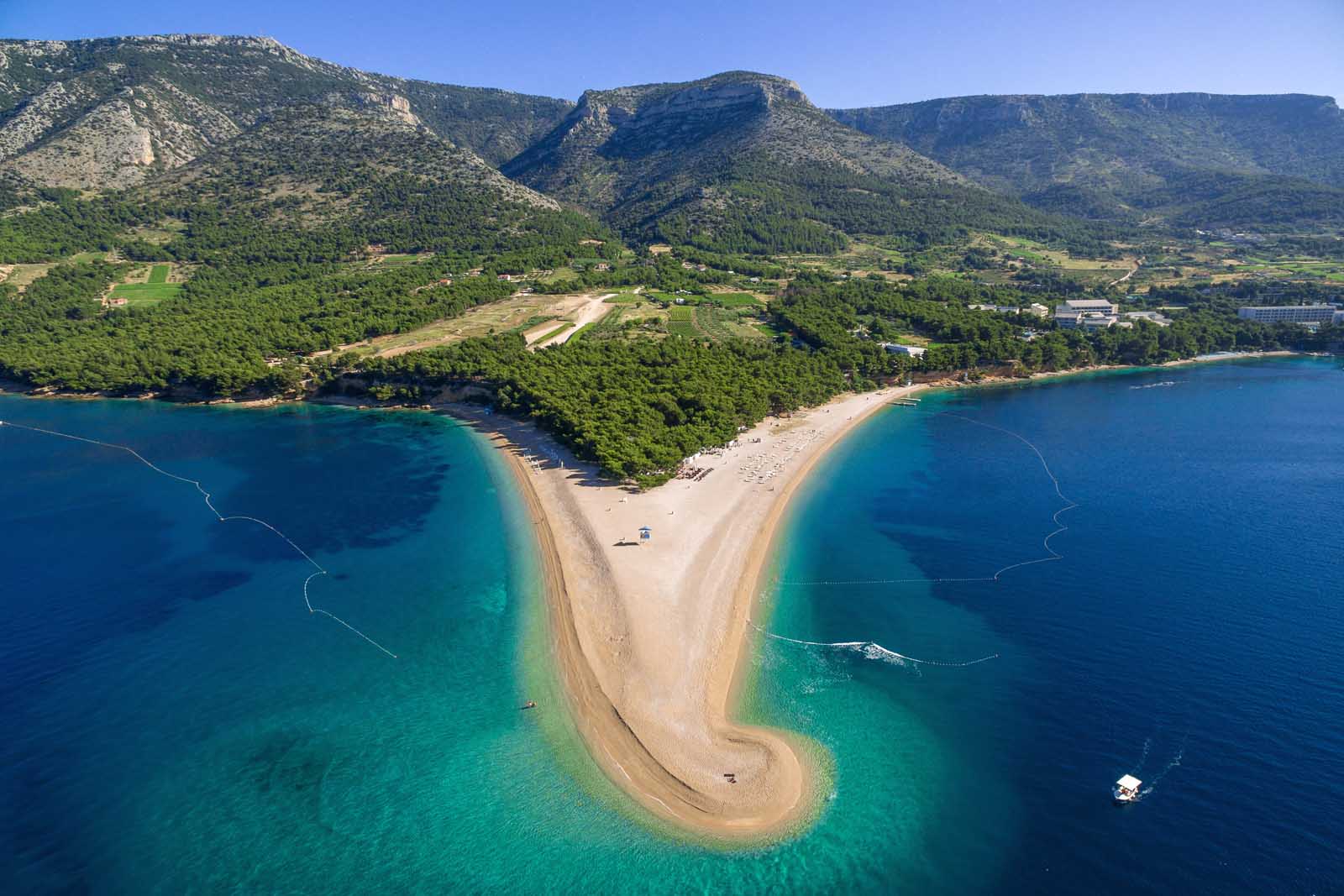As an artist and photographer, I have always been drawn to historical and cultural places and their significance. In today’s world, amidst political turmoil, ignorance, and the looming threat of climate change, UNESCO World Heritage Sites play a vital role in identifying and preserving the natural and cultural heritage that has shaped the development of humankind.
My project to photograph UNESCO World Heritage Sites began almost two decades ago while living in Quito, Ecuador, with my five-year-old daughter, where I was working on a museum documentary project.
I decided to venture down to Peru to photograph the morning mist rising off Machu Picchu. This journey took considerable planning and perseverance, especially before smartphones and readily available internet. However, the moment I saw the sunrise over Machu Picchu, I was reminded of the countless generations who shared a similar experience, and I realized the importance of sharing these moments with others.
After nearly two decades of documenting over 70 UNESCO World Heritage Sites, the following locations have had a profound impact on me.

Great Smoky Mountains National Park
This World Heritage site holds a special place in my heart because it was the first one I ever visited at the impressionable age of nine. The awe-inspiring waterfalls, moss-covered rocks, and rolling streams captivated me, leaving a lasting impression.
The incredible diversity of plant and animal life within the Great Smoky Mountains is why it holds the UNESCO World Heritage status. A visit here can accommodate all levels of interest and abilities, from back-country camping to simply enjoying a stream-side wade during a leisurely stroll.

Galápagos Islands
The Galápagos Islands offer a unique experience of wildlife, both above and below the sea. This archipelago, about 620 miles off the coast of Ecuador, became the first UNESCO World Heritage site in 1978 and is home to native species without natural predators, allowing for intimate wildlife encounters.
During my visits, I had the privilege of observing giant tortoises, blue-footed boobies, and more. Encountering these unique species in their natural habitat left me in awe, reaffirming the islands’ reputation as one of the world’s great natural treasures.

Medina of Fez
The Medina of Fez presents an authentic atmosphere, remaining largely unchanged for 1200 years. It houses one of the world’s oldest universities and features stunning architecture, mosques, and historic palaces. Walking through its labyrinthine streets feels like exploring an open-air museum, where every corner presents new sensations.
It is essential to embrace the possibility of getting lost in the Medina, as this experience is part of its charm and allure.

Trang An Landscape Complex
Vietnam’s Trang An Landscape Complex is distinguished as a mixed UNESCO World Heritage site, recognized for its extraordinary natural features and rich cultural significance. Kayaking through its impressive karst peaks while appreciating the archaeological evidence of human activity dating back 30,000 years provides a unique and inspiring experience.
The tranquility of emerging from a cave into the expansive blue-green waters, bordered by lush rainforest, evokes a sense of connection to those who came before us, making it a truly remarkable destination.

Coiba National Park and its Special Zone of Marine Protection
Coiba National Park is one of the less-explored marine protected areas in the world, encompassing Coiba Island along with numerous smaller islands and superb diving conditions. It serves as a sanctuary for several threatened species and is crucial for migratory wildlife.
Visiting Coiba may require additional effort due to its remote location, but it promises unforgettable encounters with monkeys, crocodiles, and exotic marine life, including whale sharks and vibrant tropical fish.

Pre-Hispanic City of Teotihuacan
Located about an hour northeast of Mexico City, Teotihuacan, meaning “the place where the gods were created” in the Aztec language, is shrouded in mystery. Its peak around 500 CE saw it become one of the world’s largest cities, with an estimated population of 125,000 to 200,000 residents.
The grandeur of the Pyramid of the Sun and the Pyramid of the Moon, linked by the Avenue of the Dead, showcases the impressive scale of this ancient city, leaving visitors humbled by its historical significance.

Historic Center of Cordoba
Cordoba may not receive as much attention as Madrid or Barcelona; however, this Spanish city is brimming with UNESCO World Heritage grandeur. The historic center features two celebrated sites: the awe-inspiring Mosque-Cathedral and the Alcázar de los Reyes.
The Mosque-Cathedral’s stunning hypostyle forest of 856 pillars decorated with tiered horseshoe arches in alternating colors captivates visitors. Nearby, the Alcázar de los Reyes offers beautiful Mudéjar-inspired gardens and serene pools, adding to Cordoba’s historical tapestry.




